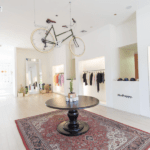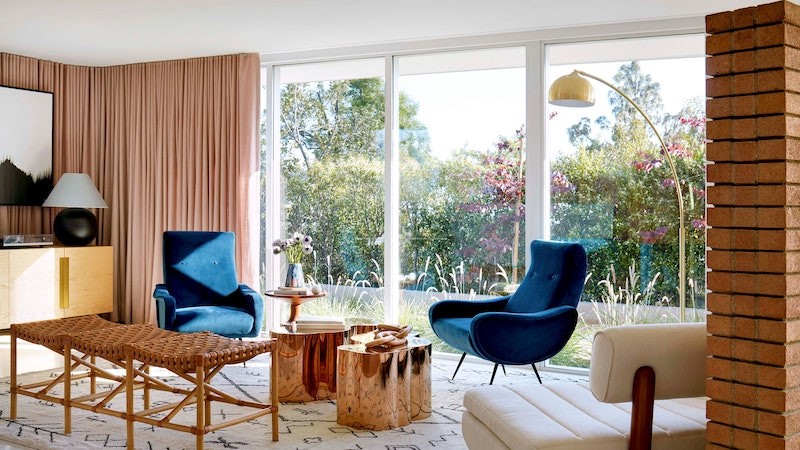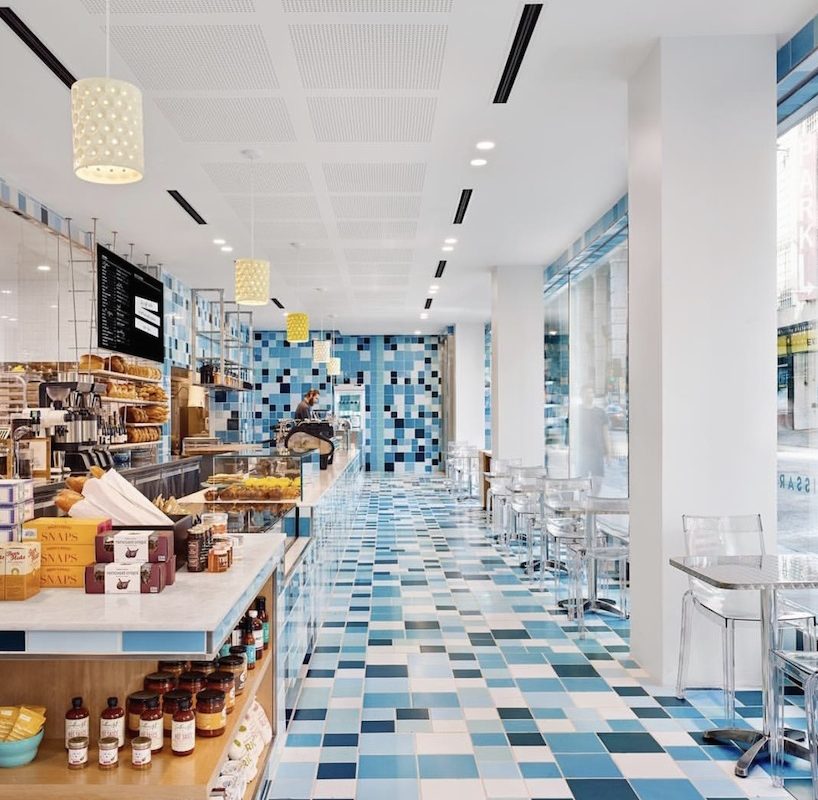Anaka Adams would never dream of leaving her dorm room looking less than presentable. She spends about an hour each morning making sure her outfit is just right, and not a hair is out of place.
“I’m always aware of the impression I give off to other people,” said Adams, a junior political science and French major, and president of SMU’s Natural Hair Network.
Adams is not the only Black woman on campus who has this concern constantly humming in the back of her mind. Many Black women at SMU, and across the nation, worry that rocking the “lazy look” – baggy sweatpants or an oversized shirt that swallows your shorts – will come with unwanted social consequences, ranging from unwelcoming stares to racial profiling and discrimination.
People, “have a lot of assumptions about appearance and wealth,” said Danialie Fertile, coordinator in SMU’s Office of Social Change and Intercultural Engagement.
Although Black people made up 24 percent of the Dallas population in 2016, according to the Dallas Police racial profiling report, they made up 35 percent of traffic stops and were twice as likely to be searched.
Black people are even less represented on SMU’s campus. As of Fall 2019, Black people made up only 6 percent of enrolled students.

“Being a minority on campus, you’re made very aware of your difference as soon as you walk down the Boulevard,” said Myca Williamson, a Black SMU graduate now pursing her M.B.A at Cox School of Business. MYCA
This issue is compounded by the makeup of the area around SMU, including University Park and Highland Park, which is largely white and affluent. According to the United States Census Bureau, in 2018 Black people made up 0.2% of the population of Highland Park, while White people accounted for 93.7 percent.
Adams pointed out that the largely white population on campus and in the surrounding area can leave their homes and dorm rooms looking unkempt without worrying that people will view them with suspicion.
“Privileged groups can get away with whatever they want,” she said. “We often see them coming out, hair freshly washed, not blow-dried, not flat ironed, not curled, not conditioned, not anything. Just wet.”
Eva Kadane, a junior fashion media major, who is white, said her usual morning routine clocks in at about 25 minutes. She puts on shorts or leggings, throws on a tank top, and is ready to go about her day.
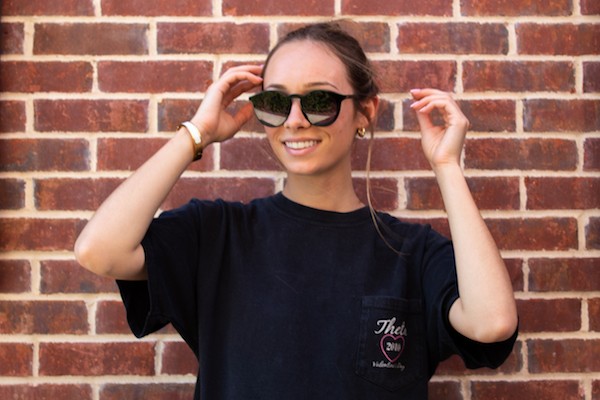

“Day to day, I don’t think too much about how I’m dressing.” Kadane said.
Black women, on the other hand, say they experience a multitude of anxieties about their daily appearances, even if they’re just going to class.
Senior mechanical engineering major, president of the SMU chapter of the National Society of Black Engineers, and a Black woman, Kennedy Woodard said her morning routine takes roughly 45 minutes on a good day.
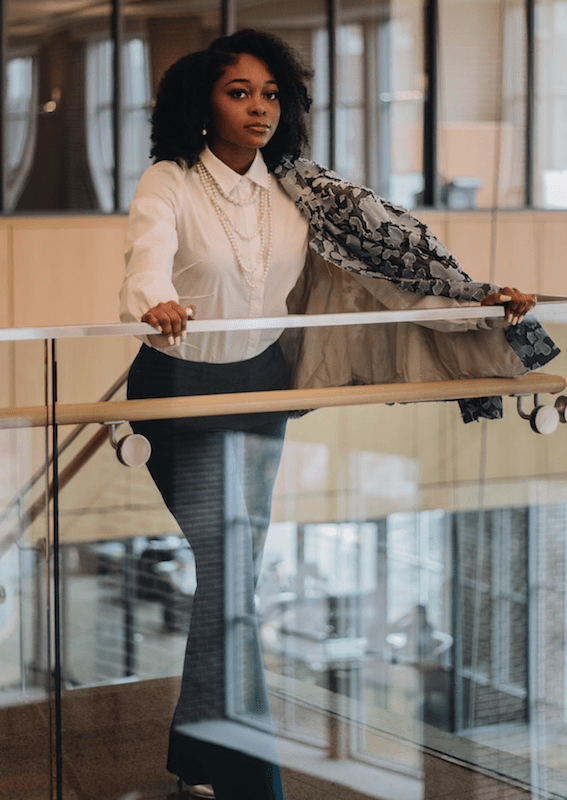
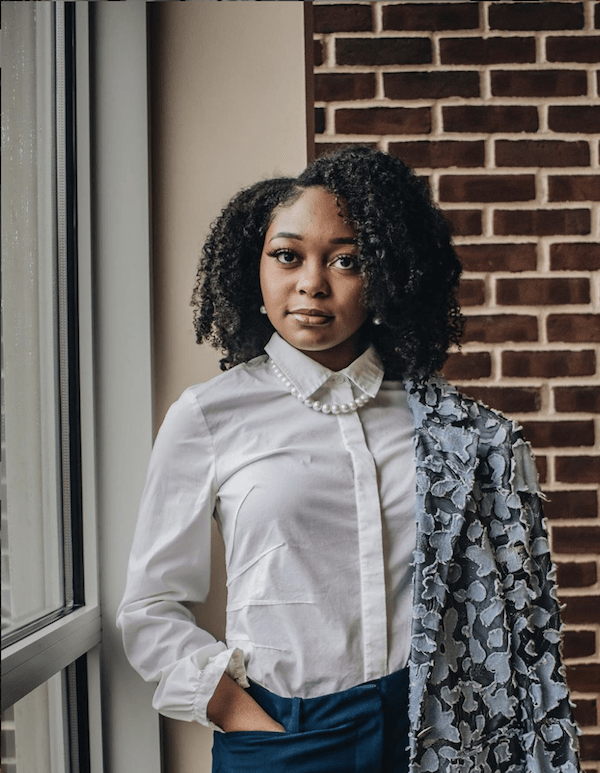
On the days where she does feel like wearing leggings, she takes care to go above and beyond in other aspects of her grooming to compensate. Maybe a nice pair of earrings or a little extra time spent on her hair will help her look more put together, she said.
“If I look really bad,” Woodard said, “I’ll put on my Apple watch to balance it out.”
Brinn Bailey, a junior majoring in music education, president of the Association of Black Students, and a Black woman, says she allots extra time in her morning routine just to tend to her hair.
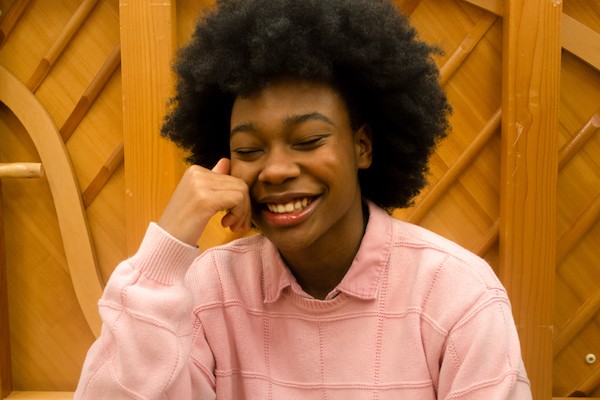
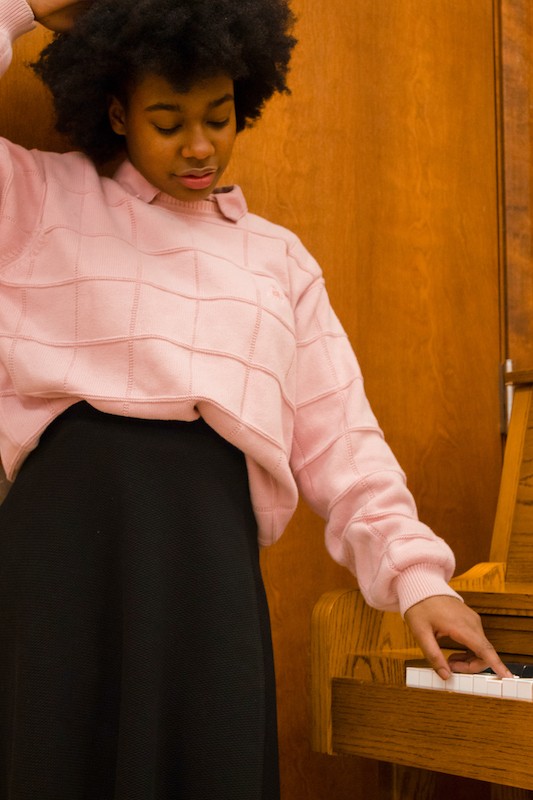
“If it doesn’t come out right, I have to either redo it or cry,” she said. “I won’t go to class if my hair doesn’t look right.”
Many Black women at SMU have stories about being mistreated when dressed down. Bailey, for instance, said she has been mistaken for an employee while sitting in Hughes-Trigg with her laptop.
“If I’m dressed casually people won’t address me during group conversations,” she said.
Woodard, who usually wears her natural hair out, notes that she’s received differently by peers and strangers when she straightens her hair.
“People say hi,” said Woodard. “They smile more.”
Black women say they are hesitant to wear casual or “sloppy” clothing, out of fear that they’ll be interpreted as lazy, or seen as someone suspicious, or just look out of place on campus.
“When we dress down the perception is that we don’t care,” said Woodard
This pressure on Black women to put more effort into their appearances isn’t just coming from outside forces. There’s an internalized idea in the Black community that the respect people, especially women, are given is and should be tied to their outer appearance, said Adams.
“There’s so much pressure from within and without the community to come out looking put together,” Adams said.



